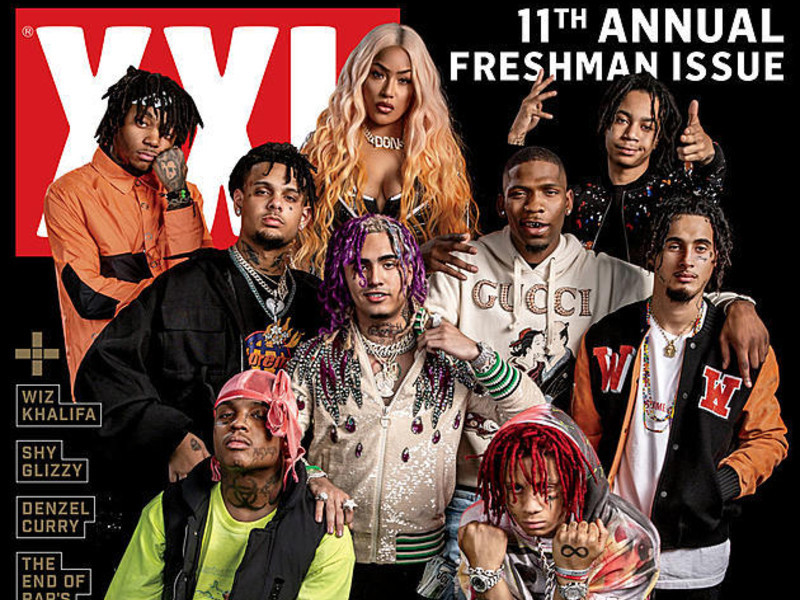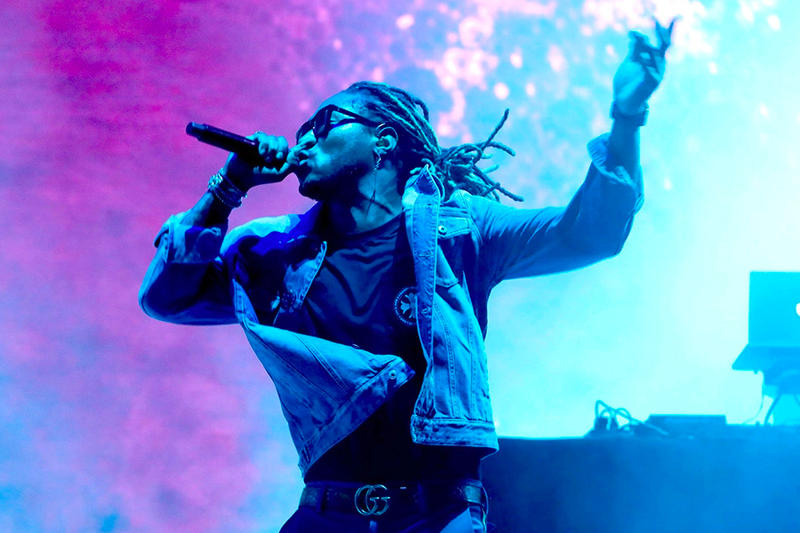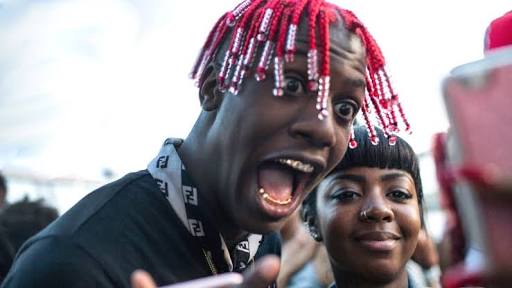
Evolution works in mysterious ways. In the case of MCing, or more popularly known as rapping, it did not take place 3.8 billion years ago. The process just started back in the 1970s, when the word rapping essentially meant the attempt to convey something to the people. Mostly it was the propagation of an idea or an emotion which had the potential to revolutionise society and bring forth change with mere wordplay. It was a completely lyrical medium. So does that imply the emergence of mumble rap has stripped away the need for one of the foremost elements in hip-hop?
THE NEW WAVE
Mumble rap started out as a slow growing microgenre in SoundCloud. The term’s usage refers to hip hop music wherein the emphasis is less on the lyrical composition and more on the visceral effects of the music that plays along with the words.
The defining feature of mumble rap is the effect of the instrumentals used in each score. Essentially, the music that plays behind the rap influences the listener more than the lyrical rap itself. This is the result of the use of lyricism in these tracks being inversely proportional to the use of rhythmic beats and melodic tunes to synchronise correctly with a particular emotional state of being. After all, it just started with a couple of passionate folks who wanted to spread what they felt to everyone else.
A-players such as Wiz Khalifa and Future were instrumental in spreading the glory of mumble rap like wildfire. Many rappers started adapting to this style. And before we knew it, avid fans of hip hop had their searchlights trained on this new (groundbreaking?) development. But the question that remains is; how did mumble rap gain momentum in the first place? Was it on a supply and demand basis, which made this style of rapping take on public opinion by storm?
SUPPLY
When Wiz Khalifa coined the term in 2016, he had sparked a revolution in the making. Although certain artists such as Gucci Mane and Das EFX had dabbled in this form much earlier, the acknowledgement of a non-mumble rapper who was at the top of his game ushered in the birth of a new genre. And this genre was directly opposing the ideals of traditional rapping.
It began with Future in 2012, who held the reins as the definitive mumble rapper at a time when the style was non-existent. He used Auto-Tune, pop melodies and vocal effects to accentuate emotions with minimal lyrics, effectively mashing them into something entirely new. Next was Chief Keef who inspired another wave of like-minded artists to try their hand in the game. And soon enough, mumble rap had an entire roster of artists which led to a huge expanse in this microgenre’s reach.

Notable artists include Trippie Redd, 6ix9ine, Lil Yachty and Lil Pump (almost every rapper with a Lil in their name), whose songs have been certified platinum and hit US Billboard Hot 100 charts. But the genre already has a legacy of its own, courtesy of XXXTentacion. His devastating style of expression and the use of techniques such as distortion, enhanced his spotlight on mental health and the insecurities in life. Critics kept attacking his work from all corners, taking on his use of excessive profanity and playing in an incorrigibly immoral high ground. But his young fan base had already reached a massive number because of his music, reflective of the situations that most teenagers went through on a universal level. His major breakthrough was a posthumous achievement, when his single ‘SAD!’ topped the Billboard Hot 100 in 2018 and gained global acclaim.
Mumble rap has been on the rise ever since; an endless ride with many twists and turns, yet never a crash-and-burn experience. There has always been an audience for this aspiring form of art. And in spite of heavy criticism from influential rappers, mumble rap quickly gained a trending foothold in the world of hip-hop.
DEMAND
The reason behind the inception of this rap form is simple. Teenagers dominated the composition of fans of hip hop. As time flew by, their musical choices started getting less dependent on the words used in the song and more on the vibes that it spread. To sum it up, rappers were being forced to abandon the traditional form of rapping and produce a song which would get the listener hooked on to it within the first few seconds of the song. This is typical of the present generation, too impatient to adhere to the classical way of listening to music which earlier meant exploring each song in its entirety.
This did not imply that rappers had to completely disregard lyricism in order to accomplish this feat. This was the ‘fatal flaw’ of mumble rap. It was portrayed as what many thought as a derogatory form of rapping. But the artists themselves stood their ground on the subject, stating that it was reflective of the abuse and emotional sufferings of the youth. A further argument lies in the fact that drug and sex abuse, obsession with money, and a nihilistic approach to life were not meant to be glorified, although it seemed to be that way. Added to that was the steady rise of pop and the steady fall of hip hop in the 2010s, which meant that change was necessary for them to catch up in the game again.

And surprisingly, the change of tactics was well received by the young fan bases. The beloved party and chill culture of the hipster youth was the perfect environment for nurturing the growth of mumble rap. Capitalisation on spreading relatable emotions brought immense profit for the artists, and various studios started investing in this seemingly foolproof venture. This drove producers to find innovative ways to sell their signature brand of music to their eager audiences.
INFLUENCE
Intentionally or not, mumble rappers have influenced hundreds of thousands of fans into adopting their indecipherable words and trippy music as their religion. While this is regular phenomena when it comes to the performance of music, the themes discussed in the songs are questionable of conduct.
Gucci gang, Gucci gang, Gucci gang, Gucci gang
Lil Pump
Gucci gang, Gucci gang, Gucci gang (Gucci gang!)
Mumble and lyrical rap rest among different sides of the same coin. But on cashing it in, neither heads nor tails makes any difference. There’s a good proportion of people who prefer tails over heads as well. Maybe in the future, there will be a blending of the best of both worlds; by removing their rough edges and smoothing them together to make a seamless surface. A perfect balance may be attained between lyrical/moral storytelling, and sound effects to achieve the desirable vibe.
If this change does not take place, then decades later, our history would consist of a series of trip-inducing tracks that emphasise on the depressed, egotistic, and drug-fuelled endeavours of a generation, high on equal parts of misery and ecstasy. And this would be a self-wrought scenario that would definitely play out in either the near or quite distant future.
However, a sign of the times changes with the times. It is impossible to exactly predict the course of history beyond the present. So there should be no qualms about the nature of hip-hop as to where it might stand ten years from now. And when that time comes, we would consist of people who may or may not be flexin’ till we’re 66.
– Sanjay Kumar for MTTN
Image courtesy : XXL Magazine, Google
Leave a Reply
You must be logged in to post a comment.